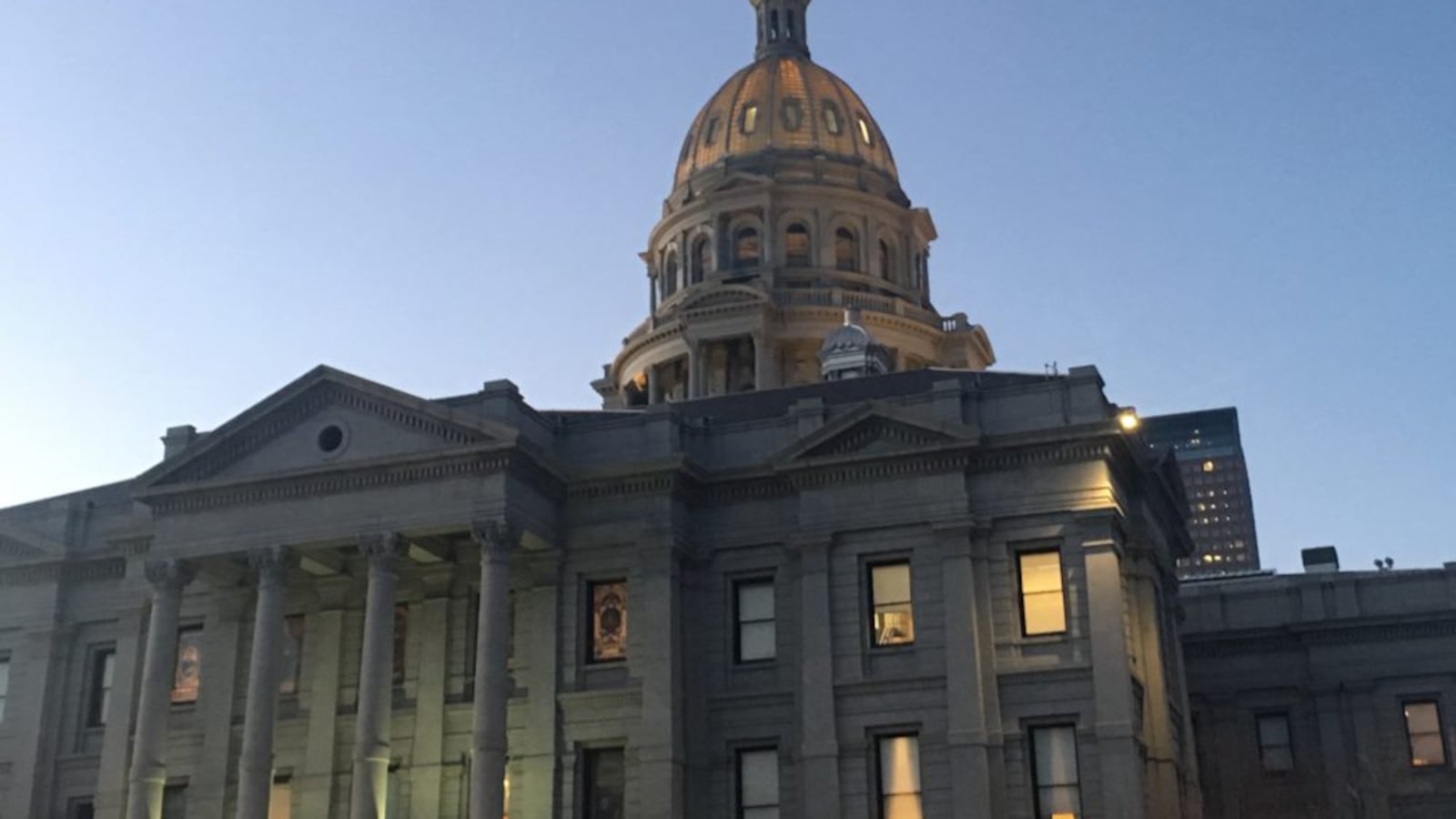A bill that would ask voters to let Colorado keep more tax revenue — with a third of the money going toward schools — moved forward Monday, even as backers stressed that it is not a “cure-all” for the state’s broader fiscal challenges.
Those challenges will be on full display this week as lawmakers in the state House take up the budget that was debated by their Senate colleagues last week. In exchange for speedy approval of the budget, Democratic and Republican Senate leadership agreed to put an additional $106 million into transportation from the $30.5 billion state budget, but they left it up to the governor’s office to figure out where the money was coming from.
That uncertainty has education advocates watching nervously even though the proposed budget includes a major policy win: an $185 million set-aside to fully fund kindergarten starting this fall. If lawmakers and Gov. Jared Polis do put a lot more money into transportation, other K-12 programs could feel a pinch.
Sending that kind of decision back to the executive branch is a departure from normal procedures, and Speaker of the House K.C. Becker said she’s still seeing if her caucus will go along. The first thing the House does is strip out all Senate amendments, and the change would have to be re-introduced and approved in the House, before returning to the Joint Budget Committee.
“It was a deal they struck. I get it,” Becker said Monday. “We’ll see if we can find the money and what the budget’s going to look like if we do.”
Education advocates aren’t just playing defense. They’re also pushing for a greater overall investment in K-12.
The state constitution requires that education spending increase by population and inflation each year, but since the Great Recession, lawmakers have held back some of that money to meet other budget needs, in a maneuver known as the negative factor, or the budget stabilization factor. The unpaid money has now reached more than $7 billion over the past 10 years.
In the 2019-20 budget, lawmakers expect to hold back $595 million, an 11.5 percent decrease from this year.
“We think there is the funding for kindergarten and for a greater buy-down of the negative factor,” said Amie Baca-Oehlert, president of the Colorado Education Association, the state’s largest teachers union. “Hopefully they will keep turning over those rocks and find the money.”
This budget also doesn’t include $30 million that was set aside in recent years specifically to help cash-strapped rural districts.
State funding for kindergarten will free up money in some school budgets, but in some districts that were charging tuition, much of the money will end up back in the pockets of parents without changing how much districts have to spend on teacher salaries, for example.
Education funding will be finalized in coming weeks with a separate school finance bill and the kindergarten funding bill, but the budget approved by lawmakers will place limitations on how much can be spent.
It is in this context that a string of school district administrators, education advocates, and union leaders testified alongside business and civic groups for nearly three hours Monday afternoon in favor of a measure that would, if approved by voters this fall, provide roughly $21.6 million to be divided among the state’s 178 school districts and 900,000 students.
Two related bills would ask voters to let the state keep all revenue generated by existing taxes and then divide that money equally among higher education, K-12 education, and transportation. The Taxpayer’s Bill of Rights in Colorado’s constitution caps how much government spending can grow each year and requires the state to refund any money above that cap. In the 2019-20 budget year, state economists estimate that amount to be $64.8 million.
“It is a logical thing that the state’s budget should grow with the economy,” Becker said. “People expect when the state is doing really well, when the economy is doing really well, that will be reflected in state services, in improvements to roads, in more amenities at schools, and it doesn’t happen.”
Because this additional money would go up and down with the economy — and in some years there might not be any extra — the bill limits schools to spending the money on one-time expenses, like curriculum or classroom upgrades, rather than ongoing expenses like raising teacher salaries or reducing class size.
Nonetheless, schools need this money, advocates said.
“Buses, books, boilers,” is how Lisa Escárcega of the Colorado Association of School Executives described the basics on which schools would spend this extra money.
The bill passed out of the House Finance Committee on a 7-4 party line vote, with Republican lawmakers saying voters expect the state to show fiscal restraint. If approved by the full legislature, the measure would appear on the statewide ballot this fall.

